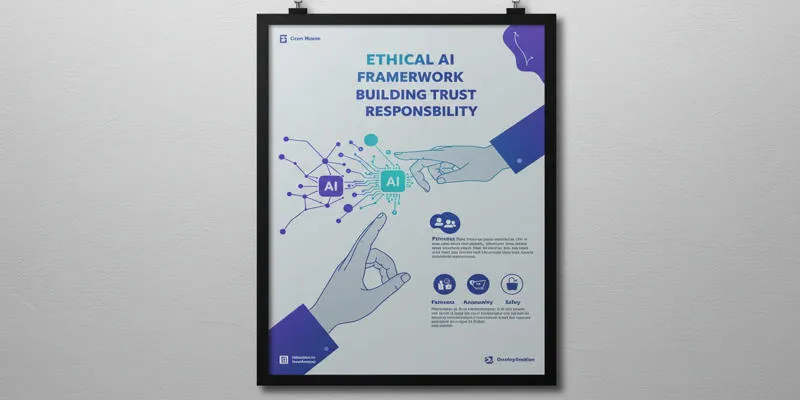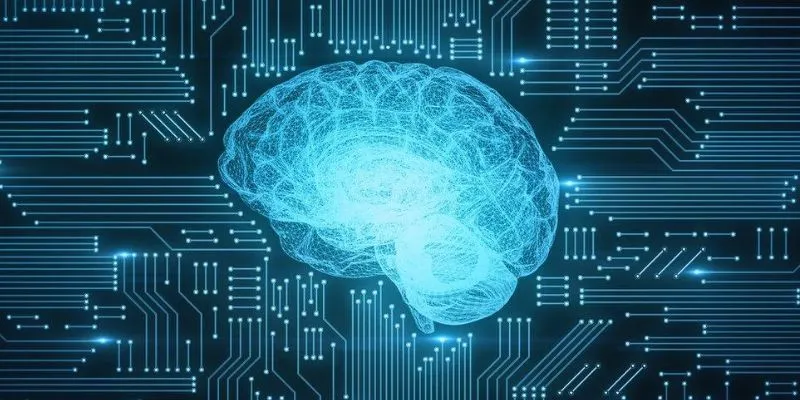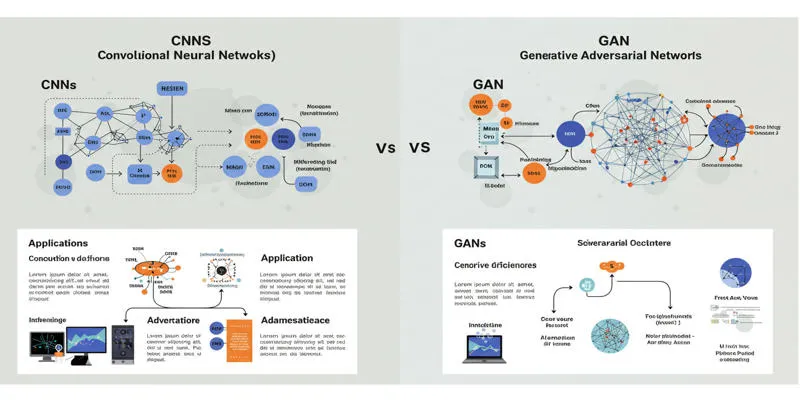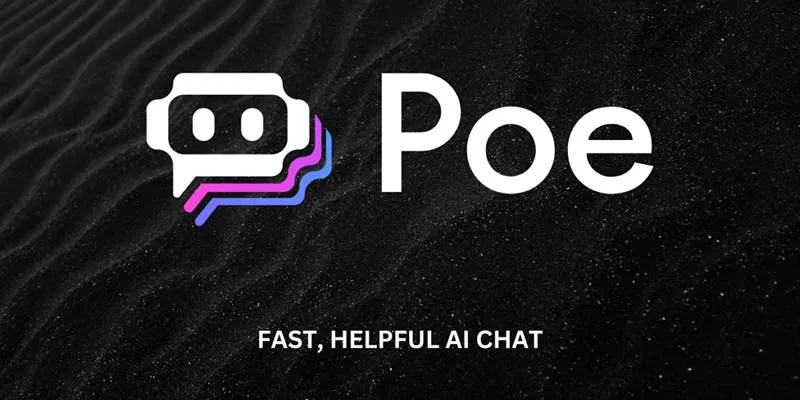Before AI was synonymous with massive datasets and deep learning, there existed a quieter form of intelligence—built to think in logical steps, not to guess. Expert systems don’t learn; they follow rules. They resemble seasoned professionals: methodical, precise, and consistently reliable. These systems laid the groundwork for early AI applications in real-world settings, especially where logic prevailed over patterns.
While modern models focus on trends and predictions, expert systems emphasize facts and traceable decisions. In a world replete with black boxes, rule-based AI continues to offer clarity. Let’s explore how these systems function, their applications, and their enduring relevance.
Understanding the Core of Expert Systems
Expert systems are a type of rule-based AI crafted to emulate the decision- making processes of human experts. Rather than learning from data patterns, these systems utilize structured “if-then” rules to address problems. Their approach is methodical—they don’t guess. They apply logic, step-by-step, based on pre-defined rules.
At the core of every expert system is a knowledge base—a repository of facts and rules specific to a domain. These rules are formulated with input from real experts and encompass scenarios the system may encounter. The inference engine operates alongside the knowledge base, acting as the system’s decision- maker. It evaluates the rules, compares them with the input, and selects the appropriate outcome.
Unlike machine learning models, which require vast data to improve, expert systems operate based solely on direct input. This makes them ideal for scenarios where decisions must be predictable and easily explained. Transparency is one of their greatest strengths—you can precisely trace why a decision was made, right down to the rule that triggered it.
The user interface connects the system to the user, allowing individuals to input information and receive responses. Whether through a form, dialogue box, or control panel, this interface ensures that anyone—even non-experts—can interact with the system without needing to understand its inner workings.
How Rule-Based AI Works Behind the Scenes
Understanding expert systems requires grasping their logical processes. At their core are two reasoning approaches: forward chaining and backward chaining.

In forward chaining, the system begins with known facts and applies rules to deduce conclusions. It’s an expansive approach—starting from the ground and progressing toward a goal. Conversely, backward chaining begins with a goal or conclusion and attempts to verify if the facts support it. This method is prevalent in diagnostic systems, where the system checks if specific symptoms match a diagnosis.
Consider a medical expert system. When a user inputs symptoms, the system matches them to rule conditions. If the input includes “fever,” “headache,” and “stiff neck,” the system might apply a rule: If fever + headache + stiff neck → consider meningitis. That rule activates, and the system recommends actions or further steps. All this occurs through logic-based reasoning.
A significant advantage here is that no data training is required. The system operates solely based on expert-defined rules, eliminating the need for deep learning models or datasets. This is advantageous in domains where data is limited, difficult to collect, or too sensitive for machine learning.
However, expert systems are static; their rules don’t evolve unless a developer manually updates them. This rigidity makes them less adaptable to changing conditions or novel cases, especially in rapidly evolving environments.
Where Expert Systems Are Used and Where They Struggle
Despite being developed decades ago, expert systems continue to play critical roles in various industries. A renowned example is MYCIN, a system created at Stanford to diagnose bacterial infections and suggest treatments. Its rule- based recommendations often matched those of trained physicians. Today, expert systems remain active in fields such as finance, agriculture, engineering, and manufacturing.
In agriculture, they help determine optimal planting times using data like crop type, soil quality, and weather forecasts. In finance, they assess loan applications based on structured rules. In engineering and machinery maintenance, expert systems diagnose faults by matching symptoms to known failure conditions. These applications benefit from the systems’ consistency, transparency, and rule-based traceability, essential in regulated sectors.
However, their limitations are evident. Expert systems cannot adapt or learn from new data, rendering them rigid and occasionally outdated. They struggle with uncertain or ambiguous inputs that don’t fit neatly into predefined rules. Maintenance is another challenge—updating the knowledge base requires collaboration between domain experts and developers, which can be time- consuming and costly. In fast-evolving industries, this creates a burden that limits scalability.
Despite these drawbacks, expert systems remain valuable where predictable logic, reliability, and full explainability are more critical than adaptability or pattern recognition.
Why Rule-Based AI Still Holds Relevance
In the age of machine learning and neural networks, rule-based AI systems might seem outdated, but they still serve a vital purpose. Expert systems offer consistency, transparency, and control—qualities particularly important in fields like healthcare, compliance, and industrial maintenance. Unlike black-box models, they reveal exactly how decisions are made, which builds trust.

Expert systems are efficient and lightweight in settings where resources are limited, such as embedded systems. They require no large datasets or high processing power and work reliably in real-time without needing internet access.
Hybrid systems are also gaining traction. They combine rule-based logic with machine learning to balance structure with adaptability. While machine learning offers flexibility, expert systems deliver dependability. This combination helps organizations manage both fixed and unstructured problems.
Ultimately, rule-based AI continues to matter because of its predictability and clarity. In safety-critical or regulated environments, that level of control isn’t optional—it’s essential.
Conclusion
Expert systems may not dominate headlines, but their role remains vital. They offer reliability, logic, and transparency—qualities essential in fields like healthcare, finance, and engineering. While they don’t adapt like machine learning models, they provide clear, traceable reasoning that builds trust. In safety-critical or regulated environments, that’s often more valuable than flexibility. Rule-based AI isn’t about trends—it’s about dependable, logical decisions. And for many applications, that’s precisely what still makes them relevant today.
 zfn9
zfn9






















